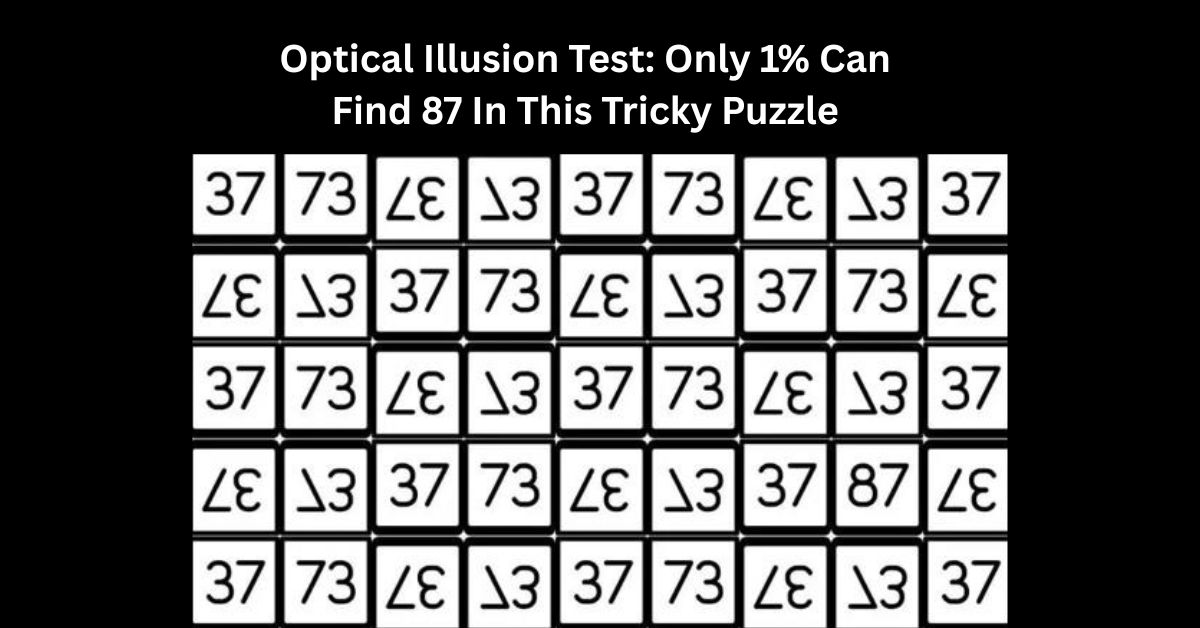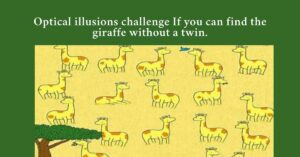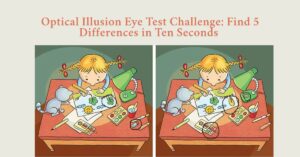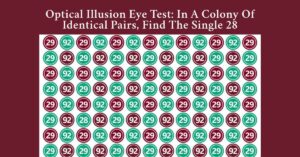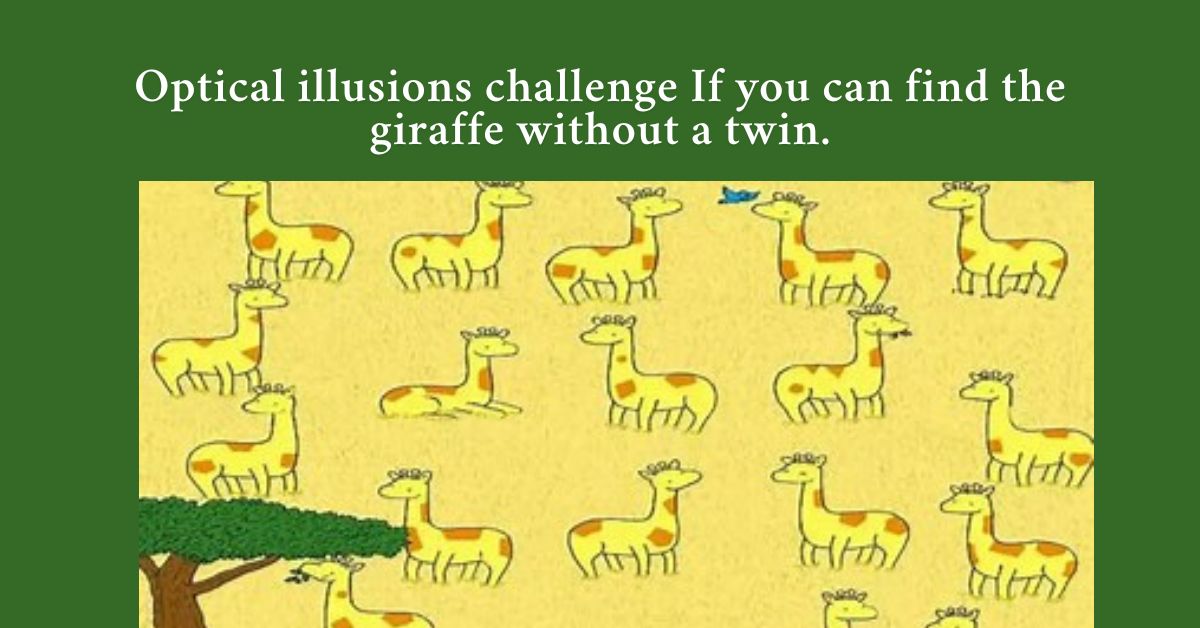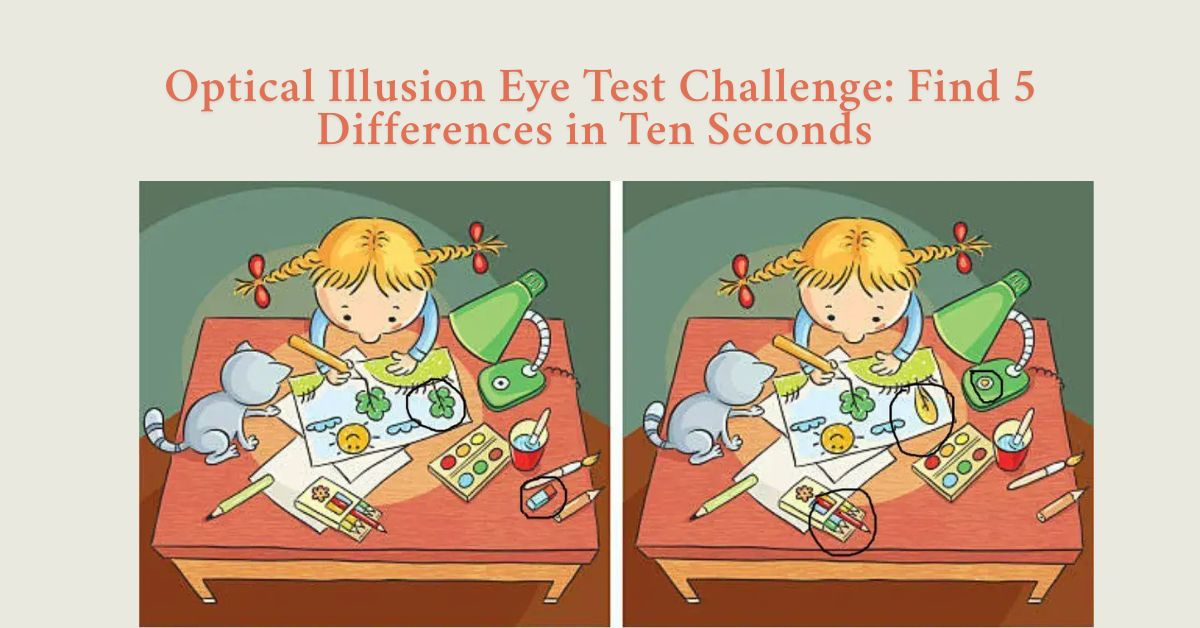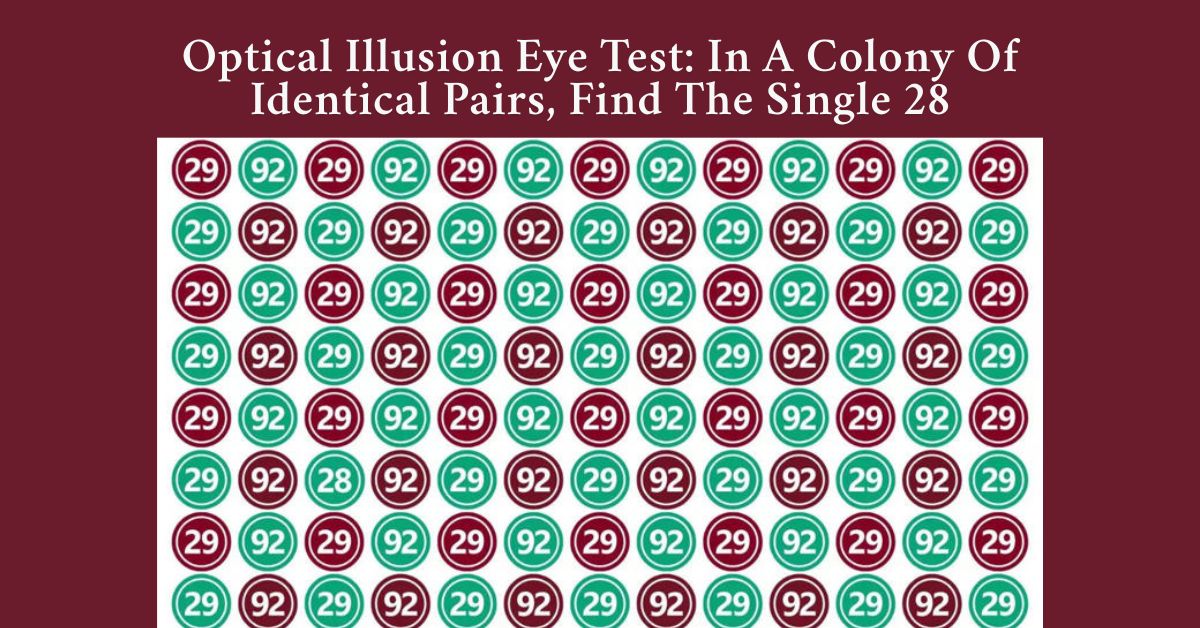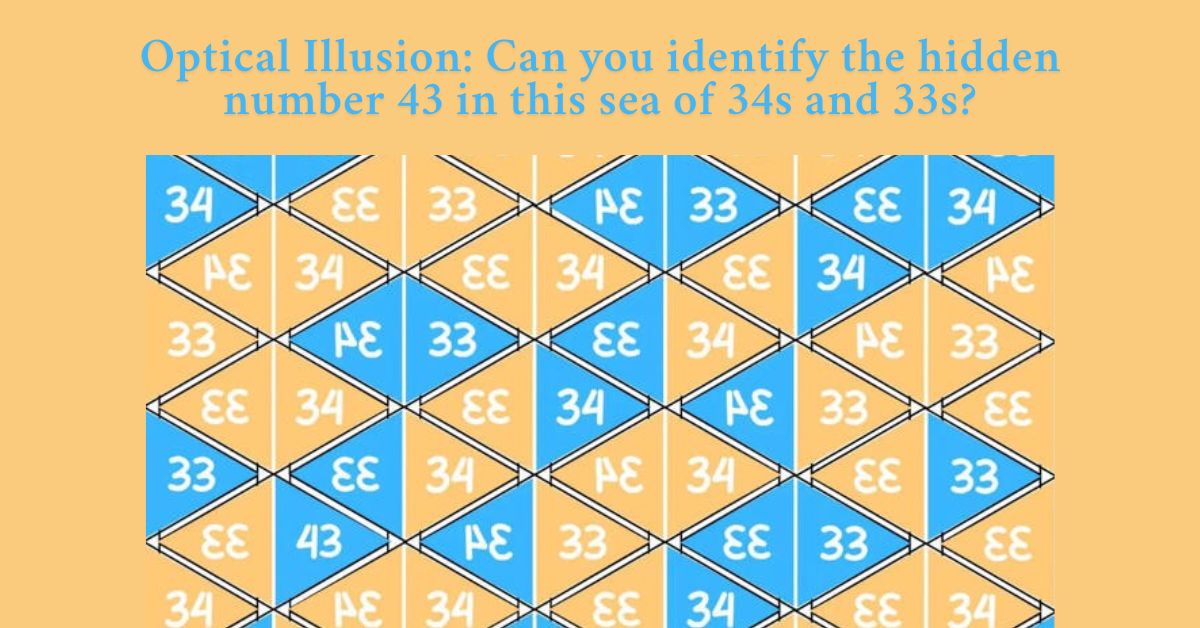More than merely entertaining brainteasers, optical illusions offer an intriguing look into how our brains interpret visual data. A grid full of seemingly similar numbers and symbols is the newest viral visual challenge, which is meant to deceive your eyes and test your ability to concentrate. The task? Among all the nearly identical-looking combinations, find the number 87 hidden somewhere.
The grid initially seems to repeat patterns such as “37,” “73,” and mirrored symbols. However, the mysterious “87”—the outlier—is tucked somewhere among them. The majority of people scroll by it without giving it any attention, but if you take your time and focus, you might be one of the lucky 1% who can spot it right away.
Why Do Optical Illusions Present Such Difficulties?
Dr. Gustav Kuhn, a cognitive psychologist who specializes in illusions at Goldsmiths, University of London, claims that these puzzles function by taking advantage of the way the brain processes visual information. Our minds are programmed to instantly fill in the blanks and search for patterns. That’s useful in day-to-day living, but it can cause us to stumble when we encounter delusions,” he says.
Because the brain expects repetition and puts together similar shapes in this number puzzle, it is more difficult to discover the irregularity unless you pay close attention to each block.
Is 87 Visible? A Hint Is Here
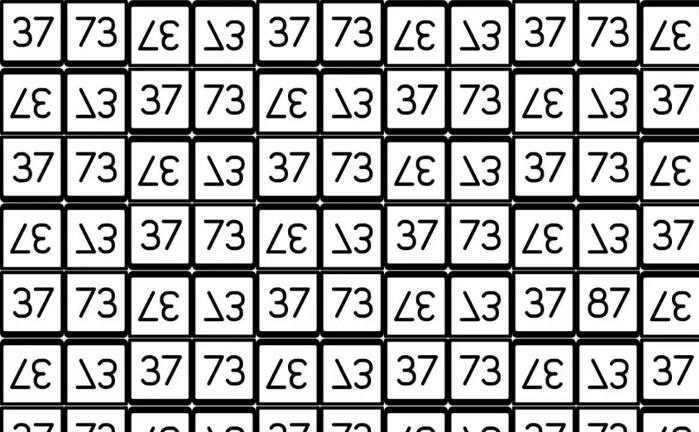
Don’t worry if you’re having trouble; you’re not alone. Here’s a polite reminder: Look from right to left, concentrating on the fifth row from the top. You’ll see it there: a bold 87 sandwiched amid decoy-like figures.
When you see it, it’s so clear. But in the meantime, your brain is working extra hard to eliminate distractions and locate the special component.
The Significance of This Puzzle for Your Brain
Congratulations! You may have above-average visual acuity and exceptional pattern recognition abilities if you were able to recognize “87” with ease. These kinds of puzzles are frequently employed in cognitive training to enhance memory, concentration, and even judgment.
According to neuroscientist Dr. Susana Martinez-Conde of SUNY Downstate Health Sciences University, “these challenges can be a form of mental exercise.” “They help you become more spatially aware and pay more attention to visual details.”
Reasons for Appreciating Optical Illusions
There’s a reason these visual challenges continue to go viral despite the abundance of illusion-based entertainment on the internet. They are quick, enjoyable, and provide a feeling of accomplishment. Additionally, they stimulate your brain and provide a welcome respite from screen fatigue.
How long did it take you to discover the “87” that was hidden? You may place among the top 1% if you completed it in less than ten seconds.
Remember to tell your friends about this challenge so they can try to beat your time.

